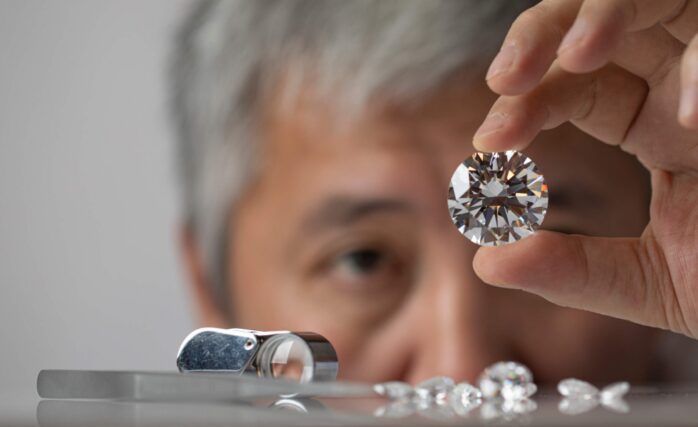
As the world becomes more conscious of its impact on the environment, the jewelry industry is taking steps to adapt. One trend that has been gaining popularity is the use of lab grown diamonds in jewelry design. They are grown in a laboratory under controlled conditions, rather than being mined from the earth. They offer several advantages over traditional mined ones, including environmental and ethical benefits, as well as increased design flexibility and cost-effectiveness for jewelry designers.
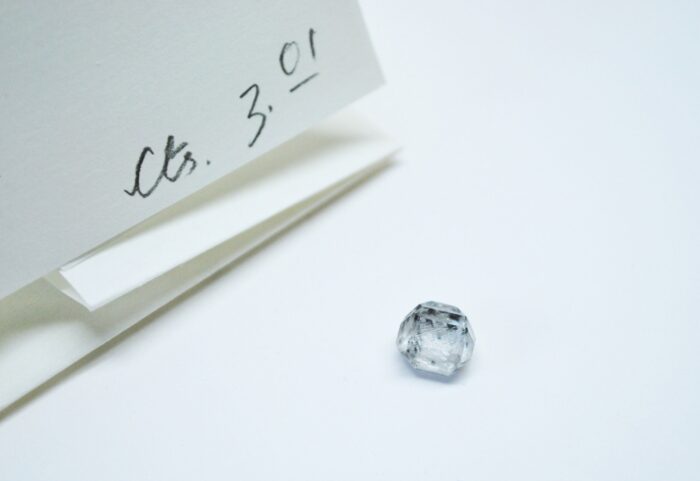
Environmental and Ethical Advantages of Lab Grown Diamonds
One of the most significant advantages of lab grown diamonds is their environmental impact. Mining them from the earth requires the use of heavy machinery and results in significant amounts of soil displacement, water pollution, and carbon emissions. The process can also be dangerous for miners, with many working in hazardous conditions for very low pay.
In contrast, lab grown diamonds are created using renewable energy sources, and the process generates significantly fewer greenhouse gas emissions than mining. They also have a smaller ecological footprint since they don’t require large amounts of land to be cleared for mining operations. They also don’t contribute to soil or water pollution or harm wildlife habitats, making them a more environmentally friendly choice.
From an ethical standpoint, they are also attractive to consumers. Traditional mining has long been associated with exploitation and human rights abuses, including forced labor, child labor, and conflict financing. Lab grown diamonds, on the other hand, are created in a controlled environment, which ensures that no one is being exploited or harmed in the process.
The Technology Behind Creating Lab Grown Diamonds
They are created using a process called chemical vapor deposition or high-pressure high-temperature. In the first method, a tiny diamond “seed” is placed in a chamber filled with carbon-rich gas, which is then heated to a high temperature. The carbon atoms in the gas bond to the seed, eventually creating a new diamond crystal.
In the second method, a tiny seed is placed in a press and subjected to intense heat and pressure, mimicking the natural conditions that produce diamonds in the earth’s mantle. Over time, the seed grows into a larger crystal.
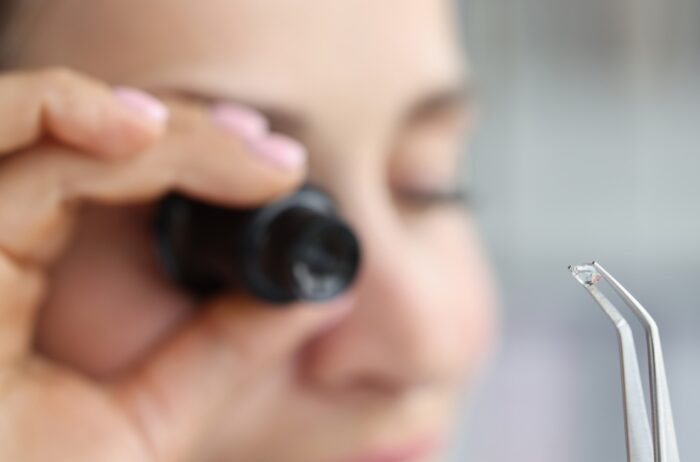
Design Flexibility and Cost-Effectiveness of Lab Grown Diamonds
Lab grown diamonds offer jewelry designers a level of design flexibility that traditional mined ones cannot match. Since they can be created in a variety of shapes, sizes, and colors, designers have more options when creating their jewelry pieces. This flexibility allows designers to create unique and stunning pieces that are personalized to their clients’ tastes.
Additionally, they are typically less expensive than mined ones, making them an attractive option for budget-conscious shoppers. Since the cost of mining is eliminated, they can be produced at a lower cost. This savings is often passed on to consumers, making them a more affordable option for those looking for a high-quality diamond without the high price tag.
Lab Grown Engagement Rings
Lab grown diamond engagement rings UK are particularly popular options. Engagement rings are traditionally expected to feature a diamond center stone, but the cost of a high-quality diamond can be a barrier for many couples. Lab grown ones offer a more affordable option, allowing couples to purchase a beautiful, high-quality diamond without breaking the bank.
Increasing Demand for Lab Grown Diamonds
The demand for lab grown diamonds is growing rapidly, particularly among millennials and eco-conscious consumers. These consumers are more likely to prioritize sustainability and ethical sourcing when making purchasing decisions. As the jewelry industry responds to this trend, we can expect to see more lab grown diamonds on the market.
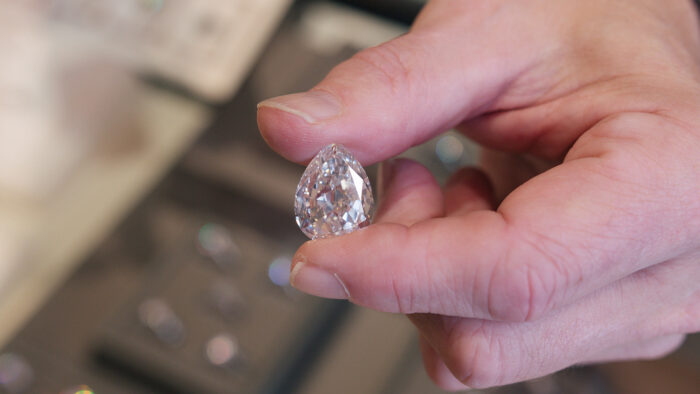
Potential Impact on the Traditional Diamond Industry
The rise of lab grown diamonds could have a significant impact on the traditional diamond industry. As demand for them continues to increase, the market share of traditional mined ones may decline. This could lead to changes in the industry, such as a shift towards more sustainable mining practices, or a focus on marketing the unique qualities of mined diamonds over lab grown ones.
However, it is important to note that the traditional diamond industry is not likely to disappear entirely. Some consumers may still prefer the unique properties and value associated with mined diamonds, and there will always be a market for high-end luxury goods. Nonetheless, the rise of lab grown ones presents a significant challenge to the traditional industry, and it will be interesting to see how the industry responds in the coming years.
Challenges and Limitations of Lab Grown Diamonds
While lab grown diamonds offer many advantages over mined ones, there are also some challenges and limitations to consider.
– One of the main limitations is that they are currently less valuable than mined diamonds. This is partly due to the fact that they are relatively new to the market, and their long-term value is still uncertain.
– Another challenge is that they are not as widely recognized or understood as mined diamonds. While some consumers are aware of their advantages, many others may not be familiar with the concept. This lack of awareness can make it difficult for jewelers to market and sell them, particularly to older or more traditional consumers.
Future Trends and Possibilities for Innovation
As lab grown diamonds continue to gain popularity, we can expect to see continued innovation in this area.
– One potential area of development is the use of lab grown diamonds in high-tech applications, such as in lasers or in the semiconductor industry. This could create new markets for lab grown diamonds, as well as new opportunities for innovation and research.
– Another possibility is their use in new and innovative jewelry designs. With their flexibility and cost-effectiveness, designers have more opportunities to experiment and create new designs that may not have been possible with traditional mined diamonds. As consumers become more familiar with lab grown diamonds and their unique properties, we can expect to see more creative and innovative jewelry designs on the market.
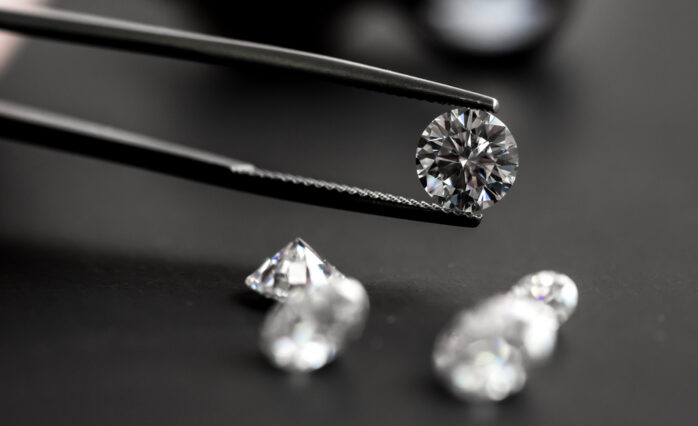
Conclusion
Lab grown diamonds offer many advantages over traditional mined ones, including environmental and ethical benefits, increased design flexibility, and cost-effectiveness. As the demand for sustainable and ethically-sourced products continues to grow, we can expect to see continued growth in the lab grown diamond market. While there are still some challenges and limitations to overcome, the rise of lab grown diamonds presents a significant opportunity for the jewelry industry to adapt and innovate in response to changing consumer trends. Whether you are looking for an engagement ring, a piece of fine jewelry, or a high-tech application, they offer a versatile and sustainable option for the future.











